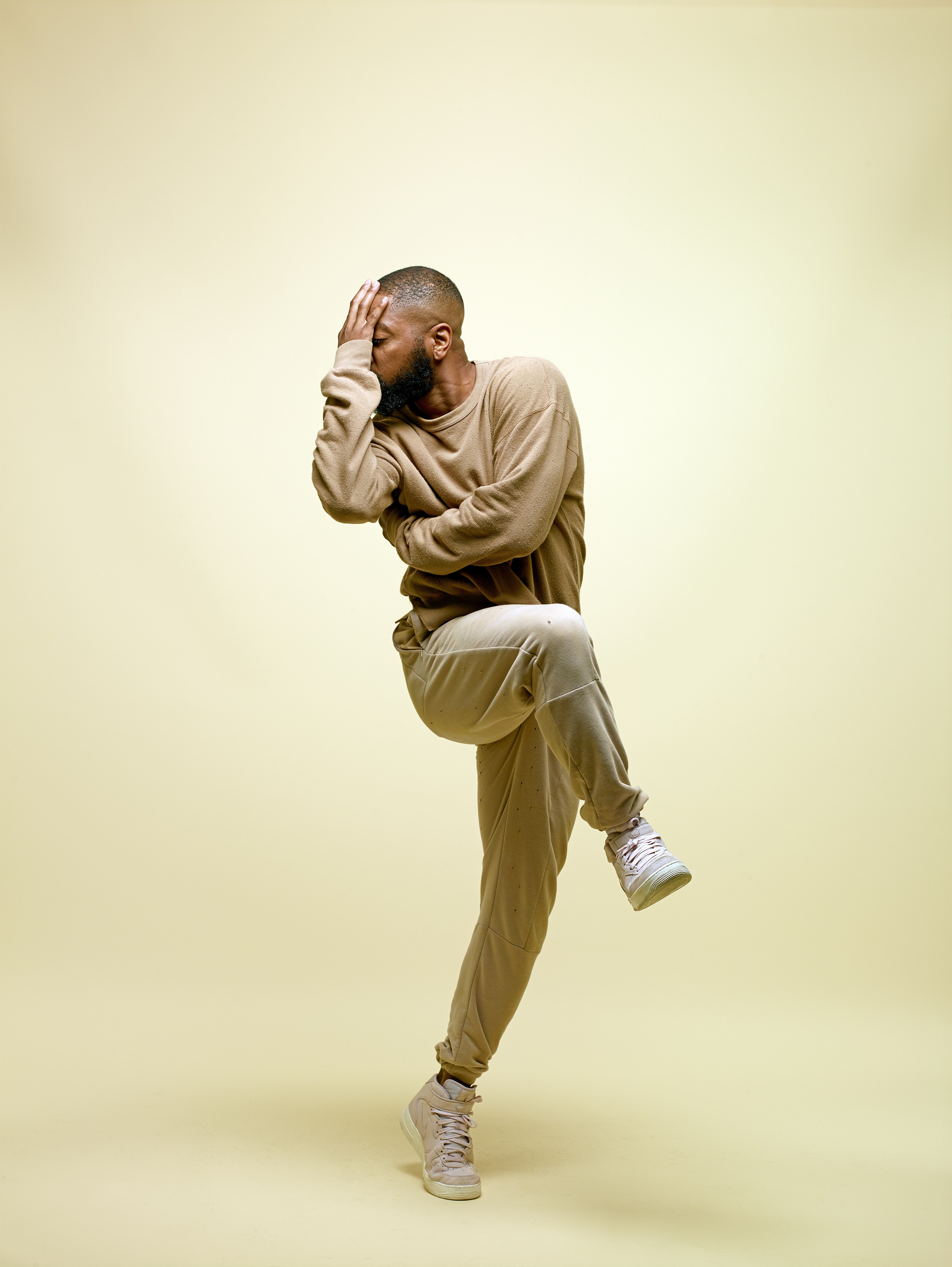Words by Katie Hagan.
Each year on International Dance Day, Serendipity hosts its hotly anticipated 10-day Let’s Dance International Frontiers festival, an event teeming with dance talent from around the globe.
The festival’s tenth birthday will be an unusual one. In lieu of the Covid-19 pandemic, the Serendipity team has decided to pull together its resources and digitise the festival. Artistic Director Pawlet Brookes spoke with dance art journal to discuss the new Alternative LDIF 20 digital programme and the benefits technology has to offer; adding that whilst it is proving to be a beacon for the industry, there is still some way to go to make technology truly accessible for all.
Q: Why did you decide to digitise the festival?
Pawlet: As 70% of our festival is comprised of international artists, it was a physical impossibility to bring all of the performers together in the UK.
But even though borders might be closing in a physical sense, thankfully with technology we can transcend these distances and still share, showcase, and give insight into international work.
Although there won’t be any physical performances, we are still launching our publication ‘10 Years in the Making’, the festival will still be 10 days long, and some of the artists that we originally programmed will be doing a sharing or showcasing of their work.
We’re still keeping the essence of the festival, and are also bringing forward many things which were in the pipeline, such as our podcast and Dance Dialogue sessions. Borders, visas, and venue pending, there are hopes to programme the final showcase and conference at the end of Black History month in October this year.
Q: What can we expect to see?
Pawlet: Our Dance Dialogues sessions will feature artists presenting a range of dance styles from across the globe. Nora Chipaumire’s work invites thought on Afrofuturism. Annabel the Rebel took inspiration from conceptual artist Marcel Duchamp. Even though she cannot physically perform the piece, she’s going to discuss where the visual arts and dance intersect. Chester Morrison is giving a short narrative around the beginnings of black dance in the UK. Interestingly, Yinka Esi Graves’ piece is a work in progress; the audience will give feedback on a series of shorts, which will enable Yinka to build the full-scale piece for the festival next year.

Q: Can people get involved physically?
Pawlet: We have asked viewers to send in their own 30-second movement responses to self-isolation, which we will compile into a film called ’30 Seconds of Freedom’. The deadline for entries is the 27th of April and we will showcase the end product right at the end of the festival on May 16th!
Q: Could you tell us about the film, ‘Black Men in Dance: Masculinity in Motion’?
Pawlet: The film features five black male artists working across the dance spectrum: urban, contemporary, ballet. They talk about what it means to be a black man, their relationship with dance, and their identities.
Even though it is on film I think we’ve captured the spirit of it beautifully. Black men are hidden voices. You’ll see a first-hand account of this experience from artist Ivan Blackstock, who will talk about the fact he has finally found his voice after years of feeling unheard.

Q: How are you being consistent with your messaging whilst being sensitive to the times we are in?
Pawlet: I think right now we all need to come together. Everyone’s mental health is being affected in some way, and it is great to be able to just focus purely on the work and not anything else.
The challenge for us is to make sure we curate work which is sensitive to the reality that some of the performances will be brand new to audiences. Most people will be tapping into an area they might not be familiar with at all. We are trying to tread carefully because we want to avoid pushing audiences too far right now.
We are always honest with our own messaging and never deviate from what we stand for. We’re still being very clear about our commitment to sustaining the international dance ecology and making hidden voices visible. It’s really, really important to keep listening to what they’ve got to say.
Q: Will digitisation help with accessibility?
Pawlet: Yes and no. Yes in that everything is online so it’s accessible, but no because we need to think about accessibility in terms of disability. Currently, I don’t feel that we’ve got the infrastructure in place to deal with how we need to understand access and disability. Its flimsiness is probably because I don’t feel we can fully comprehend it – we’re still in the process of learning.
Whilst technology is broadening access and proving to be indispensable right now, in terms of the future we have to think about people with impairments. My brother has just lost his sight at the age of 56, and so I’m now learning a whole set of skills so I can make memories with him. It’s a new world and we need to be able to build the infrastructure which will enable us to create a pathway to it.
Alternative LDIF 20 festival runs from 29th April – 16th May 2020. Visit Serendipity’s website to keep updated!
Header image: Stuart Hollis.